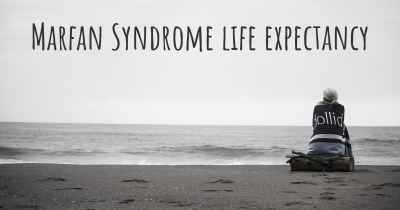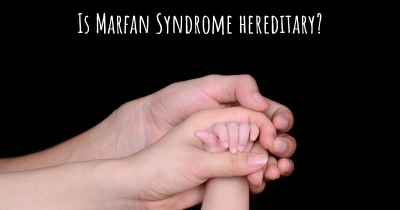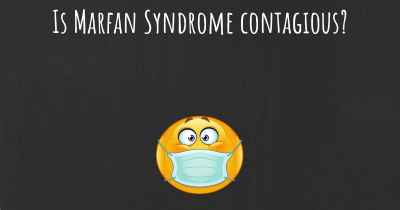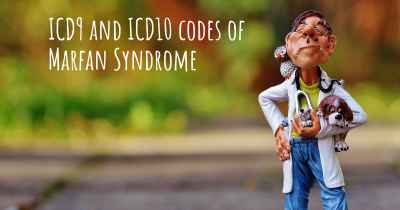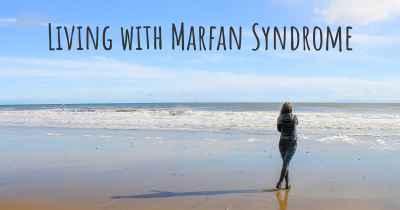Which are the causes of Marfan Syndrome?
See some of the causes of Marfan Syndrome according to people who have experience in Marfan Syndrome
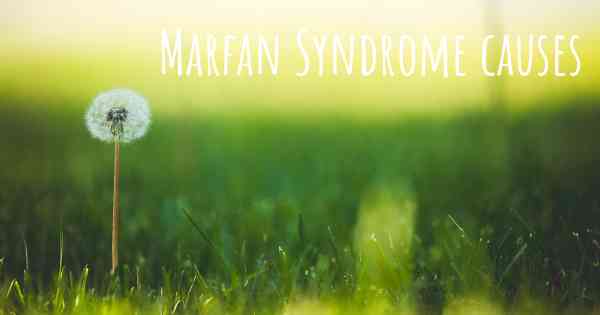
Marfan Syndrome:
Marfan Syndrome is a genetic disorder that affects the connective tissues in the body. It is named after Antoine Marfan, the French pediatrician who first described the condition in 1896. This syndrome can affect various parts of the body, including the heart, blood vessels, bones, joints, and eyes. It is estimated that approximately 1 in 5,000 individuals worldwide are affected by Marfan Syndrome.
Causes of Marfan Syndrome:
Marfan Syndrome is primarily caused by mutations in the FBN1 gene, which provides instructions for producing a protein called fibrillin-1. Fibrillin-1 is a crucial component of connective tissues, providing strength and elasticity to various structures in the body, such as blood vessels, tendons, and ligaments. Mutations in the FBN1 gene lead to the production of abnormal fibrillin-1 or reduced amounts of this protein, resulting in the characteristic features and symptoms of Marfan Syndrome.
Autosomal Dominant Inheritance:
Marfan Syndrome follows an autosomal dominant pattern of inheritance, which means that an affected individual has a 50% chance of passing the condition on to each of their children. In some cases, the syndrome can also occur due to spontaneous genetic mutations, without any family history of the disorder.
Genetic Variability:
There is significant genetic variability in Marfan Syndrome, with over 2,000 different mutations identified in the FBN1 gene. These mutations can vary in their location, type, and severity, leading to a wide range of symptoms and manifestations among affected individuals. Some mutations may result in a milder form of the syndrome, while others can cause more severe complications.
Role of Fibrillin-1:
Fibrillin-1 plays a crucial role in maintaining the structural integrity of connective tissues throughout the body. It helps in the formation of microfibrils, which are essential components of elastic fibers found in various tissues. These elastic fibers provide elasticity and strength to tissues, allowing them to stretch and recoil. In Marfan Syndrome, the abnormal or reduced fibrillin-1 disrupts the formation and function of microfibrils, leading to weakened connective tissues.
Effects on Various Body Systems:
Marfan Syndrome can affect multiple body systems due to the widespread presence of connective tissues. The most commonly affected areas include:
- Cardiovascular System: The weakened connective tissues can cause abnormalities in the heart valves, aorta (the main blood vessel carrying blood from the heart), and other blood vessels. This can lead to conditions such as mitral valve prolapse, aortic aneurysm, and aortic dissection.
- Skeletal System: Individuals with Marfan Syndrome often have tall stature, long limbs, and loose joints. They may also develop scoliosis (curvature of the spine) or chest wall abnormalities, such as pectus excavatum (sunken chest) or pectus carinatum (protruding chest).
- Ocular System: The lens of the eye can be affected, leading to nearsightedness (myopia), dislocation of the lens (ectopia lentis), and other vision problems.
- Pulmonary System: Weakened connective tissues can also impact the lungs, causing spontaneous lung collapses (pneumothorax) or reduced lung function.
- Nervous System: In rare cases, Marfan Syndrome can affect the dura mater, the protective covering of the spinal cord and brain, leading to neurological complications.
Diagnosis and Management:
Diagnosing Marfan Syndrome involves a combination of clinical evaluation, family history assessment, and genetic testing to identify mutations in the FBN1 gene. Early diagnosis is crucial to initiate appropriate management strategies and prevent or minimize complications.
While there is no cure for Marfan Syndrome, treatment focuses on managing the symptoms and preventing complications. This may involve regular monitoring of the cardiovascular system, including echocardiograms and other imaging tests, to detect and manage any abnormalities. Medications may be prescribed to manage cardiovascular issues and reduce the risk of aortic dissection.
Additionally, individuals with Marfan Syndrome may benefit from orthopedic interventions, such as bracing or surgery, to address skeletal abnormalities. Regular eye examinations are essential to monitor and manage any ocular complications. Genetic counseling is also recommended for affected individuals and their families to understand the inheritance pattern and make informed decisions.
Conclusion:
Marfan Syndrome is a genetic disorder caused by mutations in the FBN1 gene, leading to abnormal or reduced production of fibrillin-1 protein. This affects the connective tissues throughout the body, resulting in a wide range of symptoms and complications. Early diagnosis, regular monitoring, and appropriate management strategies are crucial in improving the quality of life for individuals with Marfan Syndrome.
Posted Feb 27, 2017 by Griet 1000
Posted Oct 16, 2017 by Henrik 1600
Posted Apr 15, 2017 by Carola 1360
Fibrillin affects the connective tissue
Posted Oct 5, 2017 by Helena 2550
